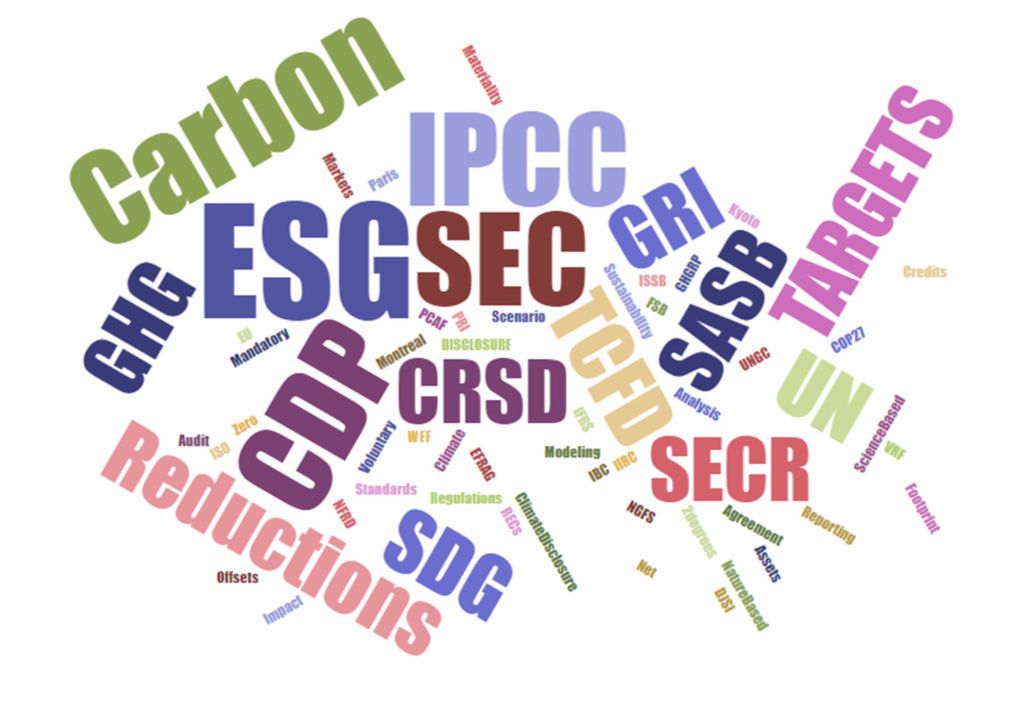This is a mandatory disclosure framework developed by the European Union, aimed at enhancing corporate transparency as well as sustainability reporting within the European Union. Published under the European Sustainability Reporting Standards (ESRS), CSRD includes a wide range of environmental, social, and governance disclosures for EU-based companies.
- Short Name: CSRD
- Region: European Union
- Status: Mandatory
- Organizations Affected:
- Companies already subject to NFRD
- Publicly listed
- Employing more than 500 people
- Balance sheet over 25 million euro or net turnover more than 50 million euro
- Large EU Companies
- At least 2 of these conditions are met:
- Balance sheet over 25 million euro
- Net turnover above 50 million euro
- Employee count exceeding 250
- At least 2 of these conditions are met:
- Listed SMEs
- At least 2 of these conditions are met:
- More than 50 employees
- Balance sheet over 5 million euro
- Net turnover above 10 million euro
- At least 2 of these conditions are met:
- Certain non-EU companies operating within the EU
- A company outside of the EU with a net turnover over 150 million euro in the EU for the last 2 financial years, and at least 2 of the following:
- Has at least one subsidiary in the EU considered a “large company”
- Has at least one subsidiary listed in an EU-regulated market
- Has a branch in the EU with a net turnover of 40 million euro + in the previous year
- A company outside of the EU with a net turnover over 150 million euro in the EU for the last 2 financial years, and at least 2 of the following:
- Companies already subject to NFRD
- Source Links

